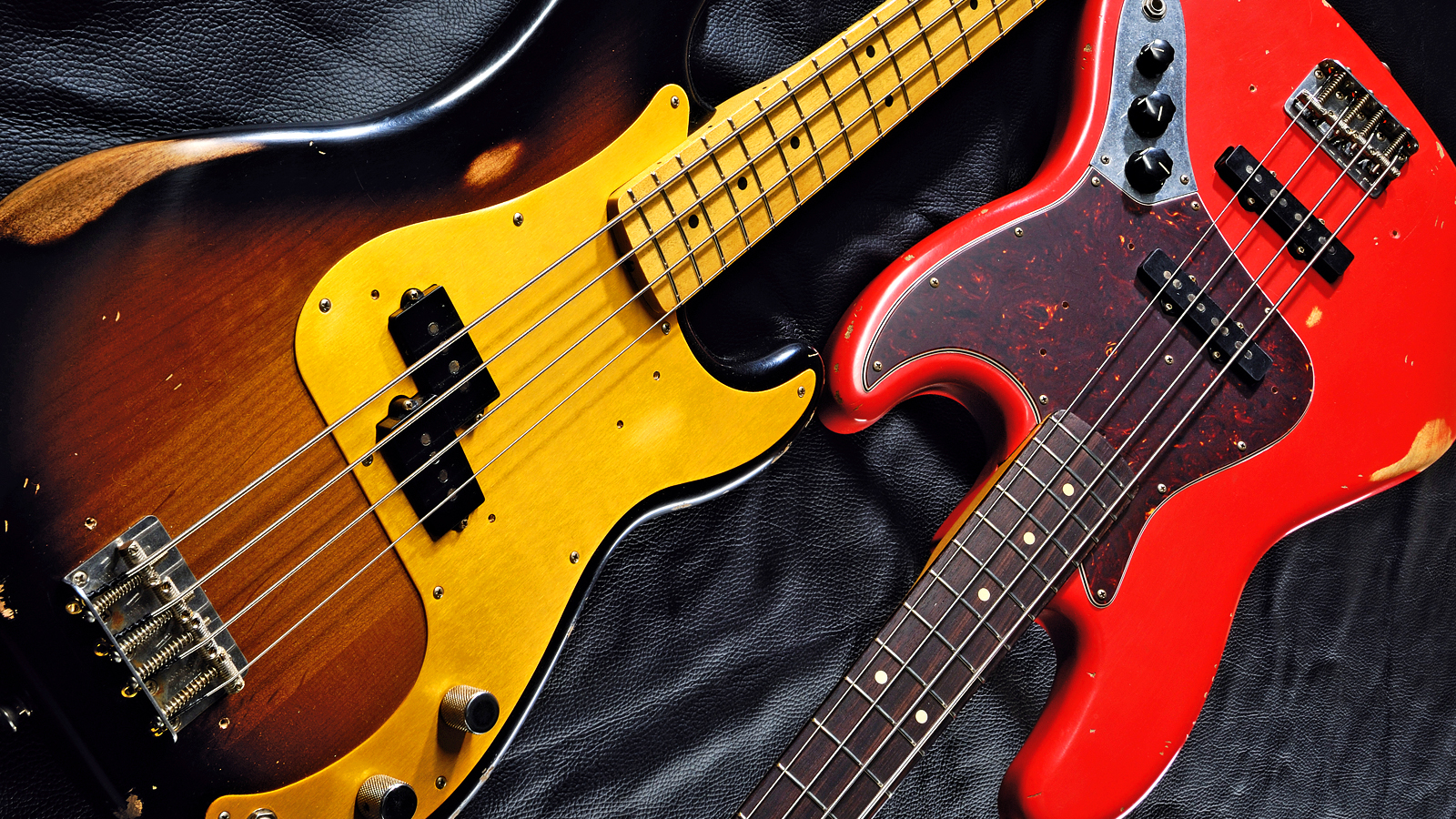
While it's true to say Fender is an icon in the thunderous world of bass guitars, they are a whole lot more than that. Clarence Leonidas Fender not only set the template that all other future electric basses would follow for decades to come, he simultaneously changed the course of popular music forever.
Leo wasn't technically the first to electrify the bass guitar – more on that later – but his blueprint for the perfect bass guitar was ground-breaking and helped catapult this new-fangled instrument into the mainstream and arguably created a new type of musician in the process.
As you'd expect, Fender offers myriad bass models, but the two most popular are the grandfather of modern bass, the Precision Bass, and its hip offset cousin, the Jazz Bass. While on the surface these two share many of the same traits, they do differ in some pretty significant ways. Today we're going to break down the main points of distinction between these two low-end legends, as well as give a brief history of both models and even discuss some of the iconic players that have relied on the punchy and percussive sound of these celebrated instruments to achieve tonal greatness.
So, if you've ever asked yourself: Fender Jazz Bass vs Fender Precision Bass: what’s the difference? You've come to the right place.
Fender Jazz Bass vs Fender Precision Bass: At a glance
When comparing these two models at a glance, we chose to focus on Fender's current flagship offering, the American Professional II. As you can see below, these basses share the same construction method, materials and scale length, with both being available in various colors and with a choice of either a maple or rosewood fingerboard.
However, they do diverge when it comes to nut width, neck profile and pickups, and we'll cover this in more detail later.
Fender American Professional II Jazz Bass
- Body Material: Alder
- Neck Material: Maple
- Scale Length: 34"
- Fingerboard Radius: 9.5"
- Nut Width: 1.5"
- Neck Shape: Slim "C"
- Pickups: V-Mod II Single-Coil
- Contact: Fender
Fender American Professional II Precision Bass
- Body Material: Alder
- Neck Material: Maple
- Scale Length: 34"
- Fingerboard Radius: 9.5"
- Nut Width: 1.625"
- Neck Shape: 1963 "C"
- Pickups: V-Mod II Split Single-Coil
- Contact: Fender
Fender Jazz Bass vs Fender Precision Bass: History
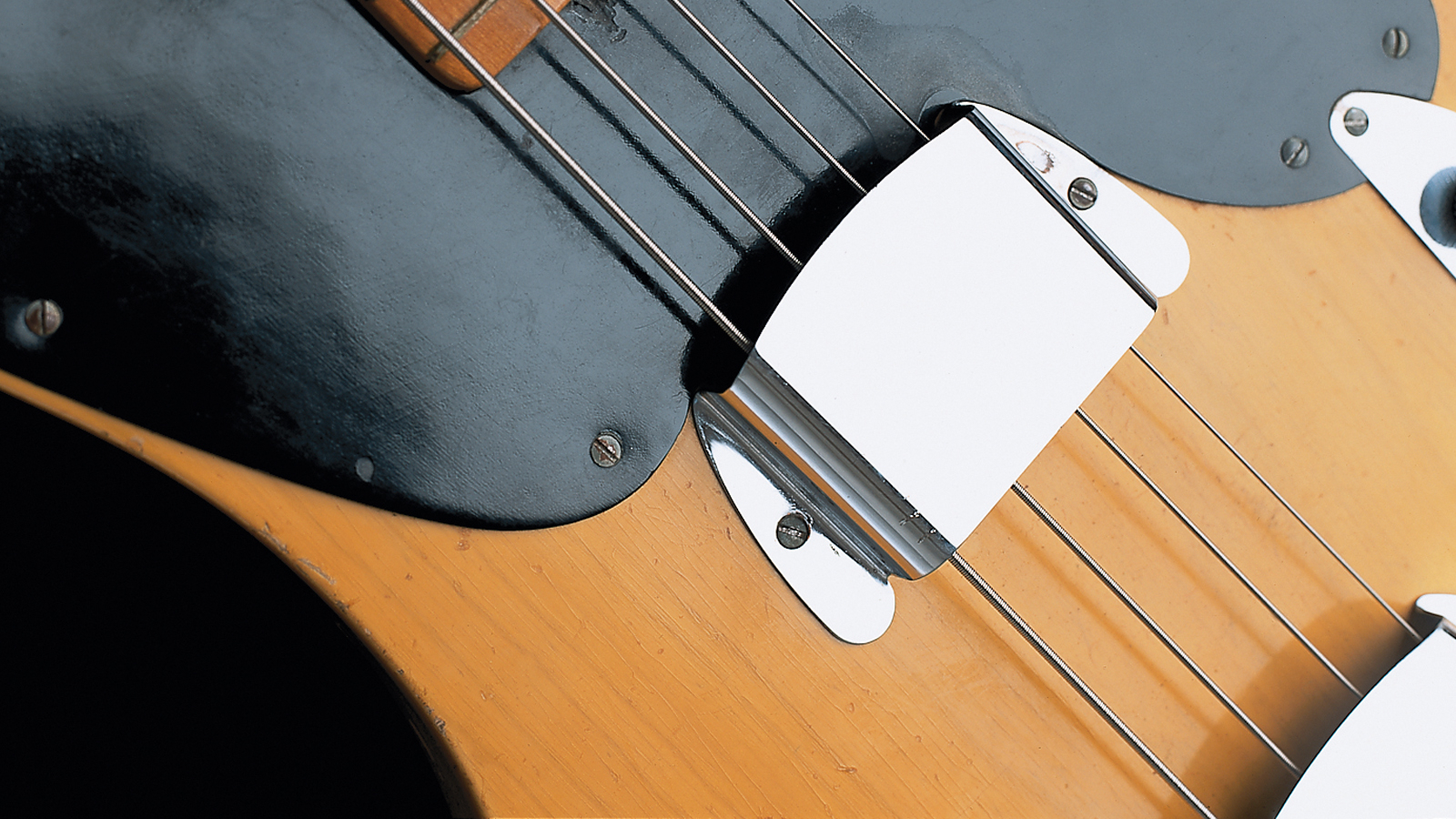
Contrary to popular belief, Leo Fender didn't actually create the first-ever electric bass guitar. That honor goes to Paul Tutmarc, a musician and inventor from Seattle, Washington. Tutmarc developed his take on a bass-like instrument way back in 1935, a whole 16 years before Fender would officially launch the famed Precision Bass.
The Audiovox Model 736 Bass Fiddle featured a 30.5" scale length, a single pickup and was designed to be played horizontally – a drastic change from the upright basses of the day. However, with reports of only 100 units being made, Tutmarc's pioneering instrument would fail to set the world on fire and would eventually fade into obscurity. That said, there was clearly a hunger for an electrified instrument among double bass players, an appetite Fender would capitalize on a short time later.
Okay, so Fender wouldn't technically be the one to invent the electric bass guitar, but they would perfect it, and with the launch of the Precision Bass, Leo would earn recognition for unleashing the first mass-produced bass guitar on to the world.
A brief history of the Fender Precision Bass
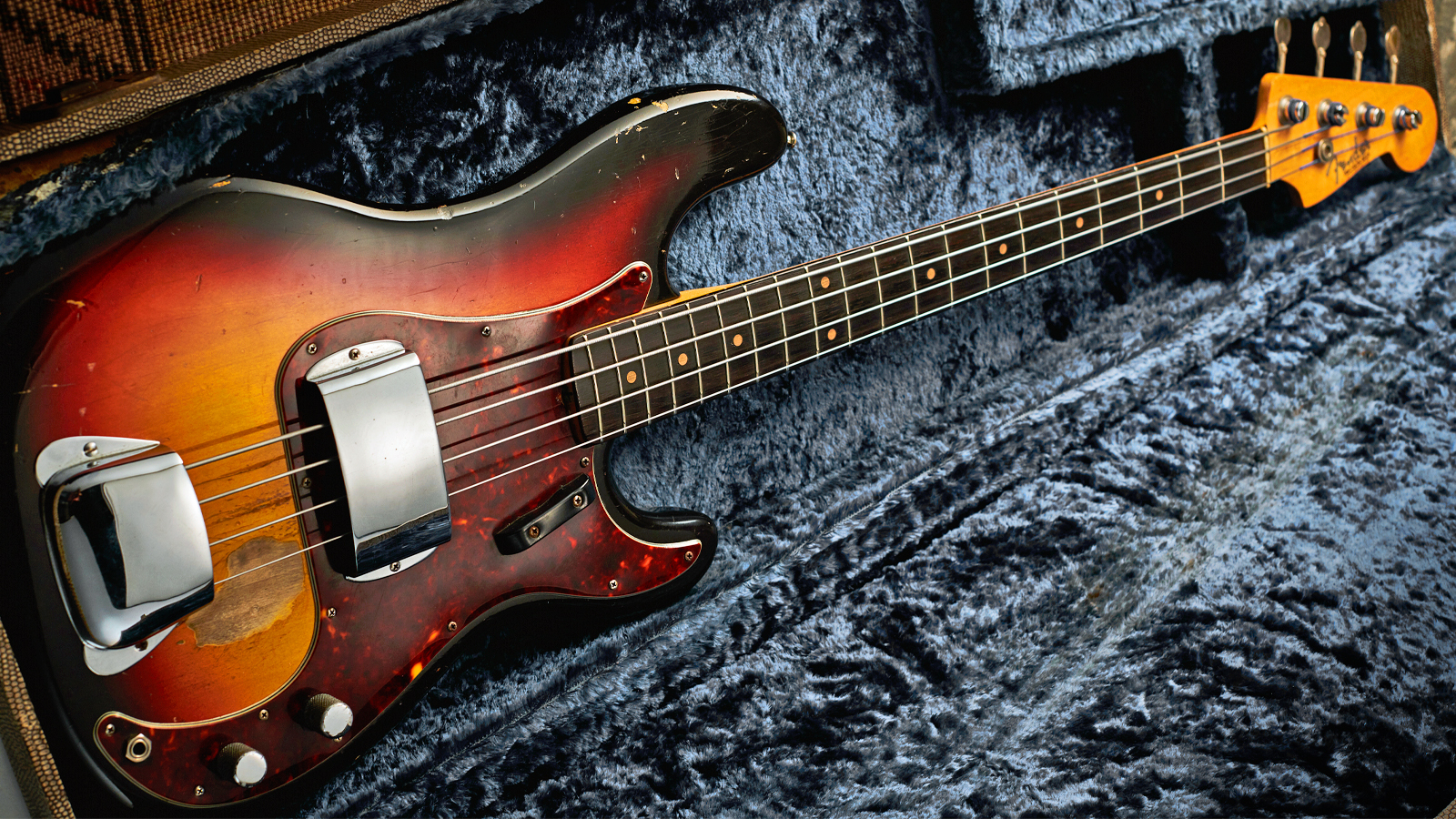
Like most guitar innovations, the Precision Bass story starts in the 1950s. Fender was looking to create an instrument that was more convenient and easier to play when compared to the mammoth double basses of the day while also giving bassists the ability to be heard over the rising volumes of the new contemporary bands.
His solution was to turn to the Esquire – which launched six months before – and reimagine it for the task of holding down the low end. Like its six-string brethren, the first P-Bass featured a contour-less ash body and bolt-on maple neck, although the scale length would be increased to 34" to accommodate the lower tuning.
Of course, Leo would commandeer even more design elements from the Esquire, such as the now legendary headstock shape and the control plate layout. However, he did stray from the Esquire format when it came to the style of the body.
To provide better balance for this larger instrument, the Precision Bass would sport two horns – and yes, this would go on to inspire the design of the Stratocaster a few short years later. In fact, in 1954, Fender would redesign the P-Bass to match the contoured body of their flashy new electric guitar, resulting in a sleeker, more defined instrument.
By 1957, the P-Bass would begin to look more like how we recognize it today. The Strat-style headstock would be introduced, the pickguard would now take up the majority of the body and critically, the famed humbucking split pickup would make its debut.
As you'd expect, Fender would tweak the formula of the Precision Bass over the coming years, but for the most part, it has stayed relatively the same, with only minor adjustments being made to keep up with modern tastes and sensibilities.
A brief history of the Fender Jazz Bass
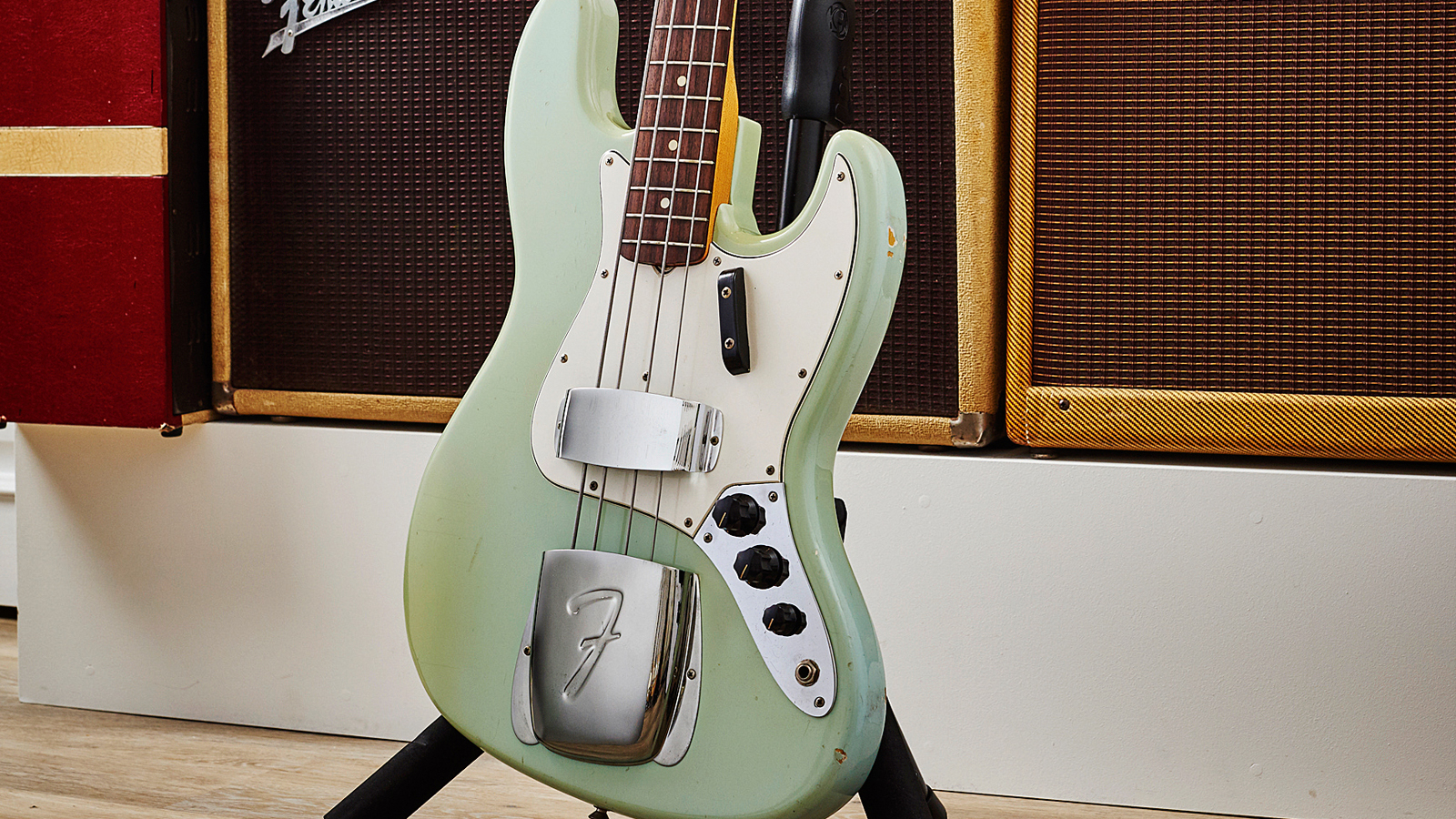
Looking to shake things up again, Fender would introduce their new Jazz Bass model in 1960. Much like the company's new flagship Jaguar and Jazzmaster models, this brand-new bass design was to be a deluxe companion to the beloved Precision Bass.
Like its offset cousins, the Jazz Bass would feature a radically styled asymmetrical body that took cues from both the wonky nature of the Jazzmaster and the double cutaways of the Strat and P-Bass. However, the changes weren't only cosmetic, as the new Jazz model would come equipped with a pair of single-coil pickups.
If you know anything about Leo Fender, you'll know he liked to reuse his successful ideas where he could and build on them for the next iteration – and that's exactly what he did here. The bridge found on the Jazz Bass was exactly the same as the P-Bass model, but it did upgrade the mute system. Rather than opting for a single foam strip, the J-Bass featured individual mutes for each string.
To improve playability and to cater to the new era of musicians he helped create, Leo would also redesign his famous neck profile, opting for a thinner neck on the Jazz Bass. Clocking in at a mere 1 1/2″ at the nut, this latest neck profile was insanely comfortable and proved to be a hit upon release. Like many of the Fender instruments of the day, the J-Bass would be furnished with a Brazilian rosewood fingerboard and clay dots.
Just like the Precision Bass, the Jazz Bass would go through minor changes as it transitioned from the Swinging Sixties to the seventies and again as it would go through the coming decades. That said, the Jazz Bass would stay true to its heritage, remaining relatively unchanged over its impressive tenure as one of the most iconic basses of all time.
Fender Jazz Bass vs Fender Precision Bass: Main differences
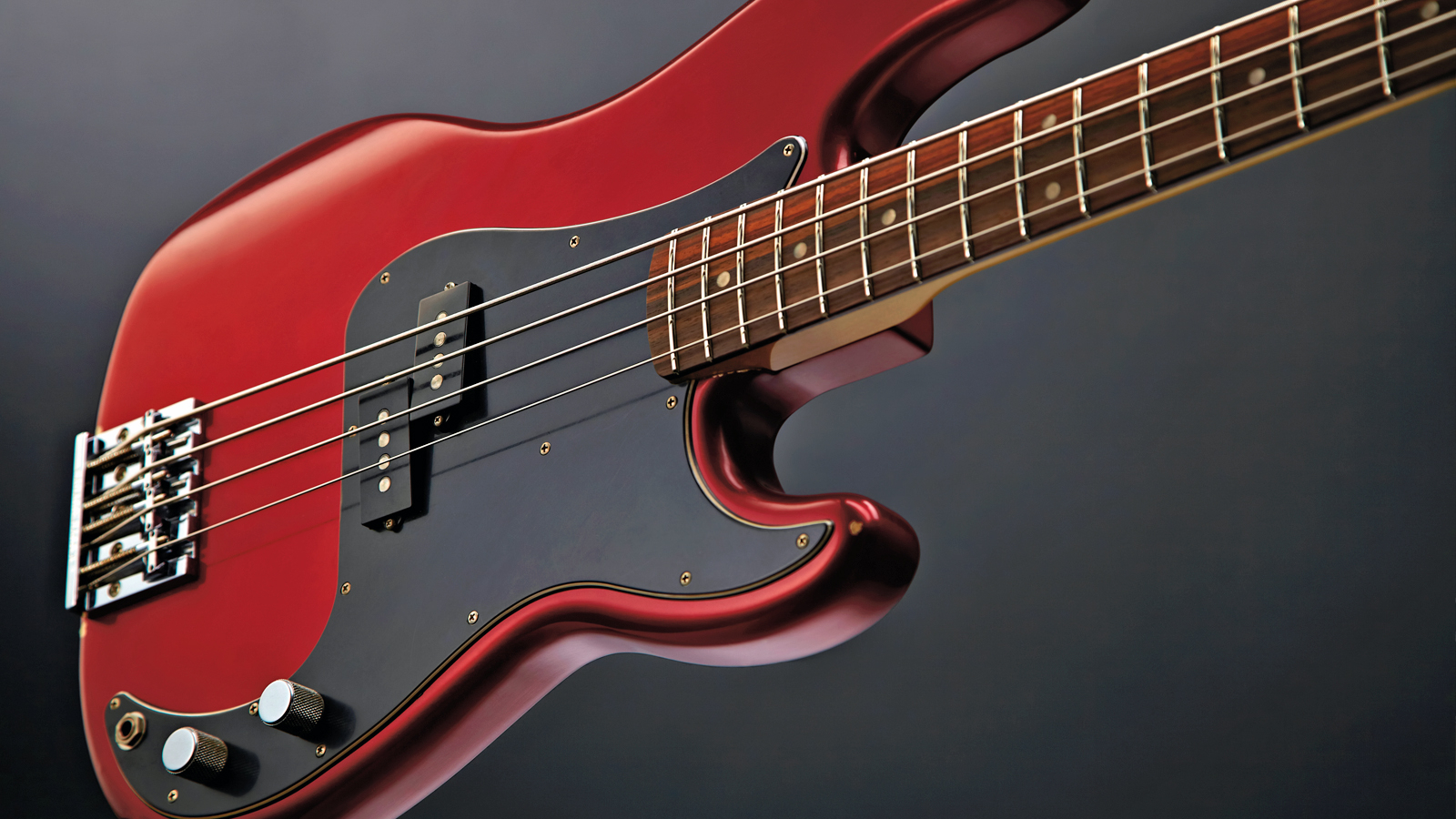
As detailed above, there are a few main differences between the Jazz Bass and Precision Bass. Both are clearly cut from the same Fender – presumably tweed – cloth, sharing very similar design elements. That said, they both offer players a unique tone and playing experience.
The first and obvious difference is the body shape. Both modern iterations of the J-Bass and P-Bass utilize Fender's remarkably comfortable body contours, but the Jazz Bass opts for an asymmetric waist. This new shape elongates the body slightly and gives the bass a completely different look and feel – particularly when seated.
This offset design results in a rather striking silhouette for the Jazz Bass that's both beautiful and practical, while the understated look for the Precision Bass is a firm favourite for those who like to keep things simple.
Next up is the neck. Both basses carry the same 34" scale Fender is known for and most contemporary models opt for a standard C profile with a 9.5" fingerboard radius. That said, they do differ greatly in feel.
The Precision has a wider nut width and therefore feels a lot more substantial at the first fret. This results in a "chunkier" feeling bass, whose neck feels fairly consistent from the nut to the 12th fret. The Jazz Bass, however, has a unique tapper and a much narrow nut width. As you'd expect, the J-Bass feels much slimmer at the first fret but does get wider as you approach the 12th.
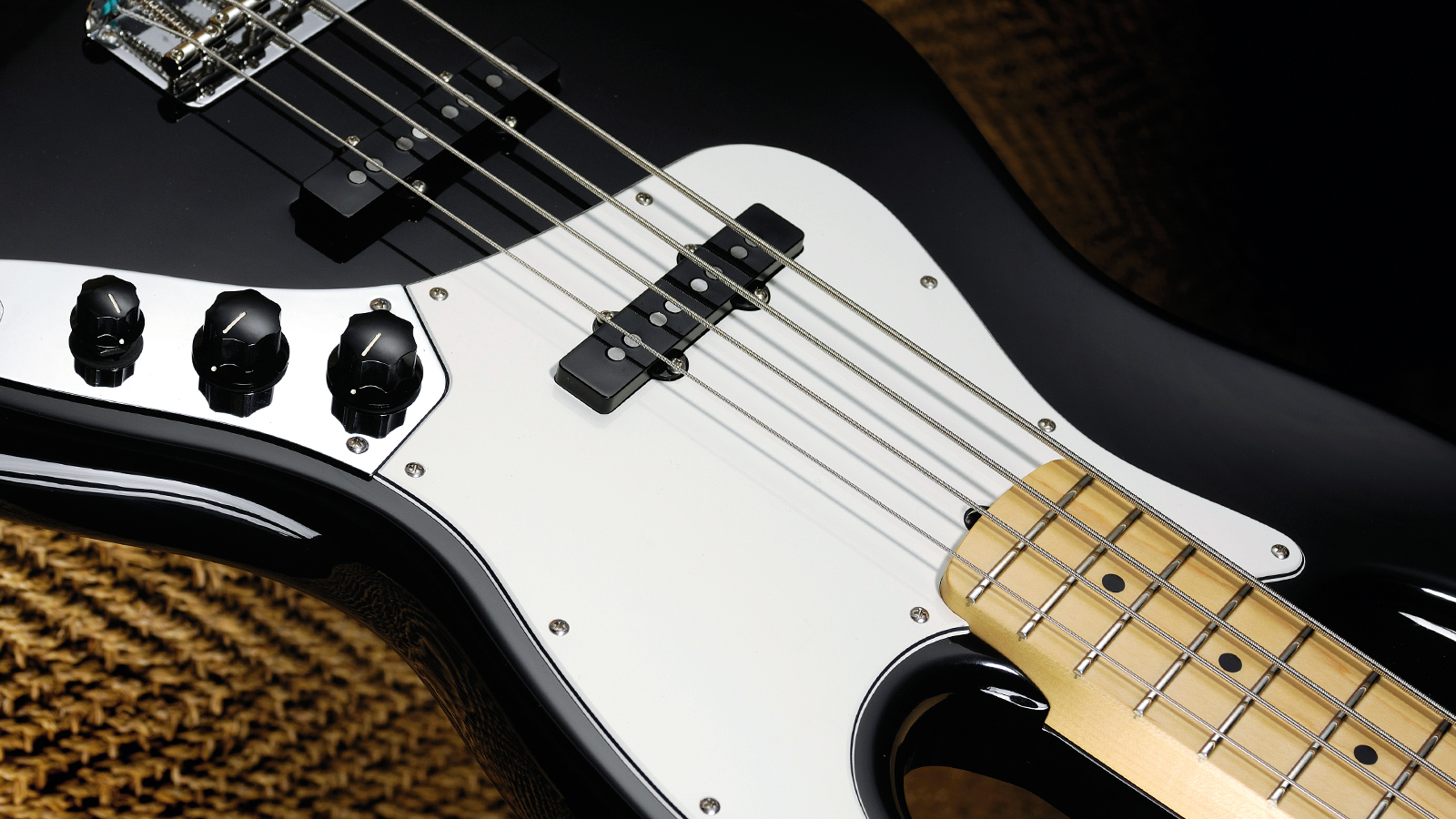
Finally, that brings us to the pickups. The Precision Bass comes loaded with a hum-canceling split-coil pickup located slap-bang in the centre of the body. This is what produces the celebrated deep and full-bodied sound we've all come to know and love. Famed for its monstrous low-end rumble, the Precision Bass is all about power, providing players with enough bass energy to level a city.
On the other hand, the Fender Jazz Bass is known for its bright, punchy tone that is well-suited to playing styles that require a more balanced sonic approach.
Coming equipped with a pair of single-coil pickups, the Jazz Bass has a more articulate and detailed sound, with a sharper attack and more high-end definition than the Precision Bass. This has made the J-Bass a popular choice for those seeking a more nuanced and dynamic bass sound.
It is worth noting that Fender does make hybrid models that will give you the best of both worlds, with their famed PJ models being popular with players who love the look of the Precision but want the playability and sound of the Jazz Bass.
In summary, the Fender Precision Bass and Jazz Bass are both excellent instruments that have their own unique characteristics and strengths. The Precision Bass is a classic instrument that is well-suited to playing styles that require a deep and powerful bass tone, while the Jazz Bass offers players a brighter, more nuanced sound. Ultimately, there is no wrong answer here. The choice between the two will depend on the player's individual preferences and playing style.
Fender Jazz Bass vs Fender Precision Bass: Notable players

As you'd expect, the list of famous Fender bass users is rather extensive. Pretty much every musician to wield a four-string has used a Fender bass at some point in their career, whether that's in the studio or on stage.
Early adopters of the Precision Bass included the likes of William "Monk" Montgomery, Roy Johnson, Jet Harris of The Shadows and bass hero James Jamerson. Later this legendary bass would end up in the hands of four-string icons Carol Kaye, John Entwistle, Sting, Steve Harris, Duff McKagan, Mike Dirnt and Nate Mendel, among many, many others.
The Jazz Bass has a similar list of endorsees, with everyone from prog rock pioneer Geddy Lee from Rush, to Led Zeppelin bassman John Paul Jones, Jaco Pastorius of the Weather Report and pop and slap king, Flea.
Fender Jazz Bass vs Fender Precision Bass: Our recommendations
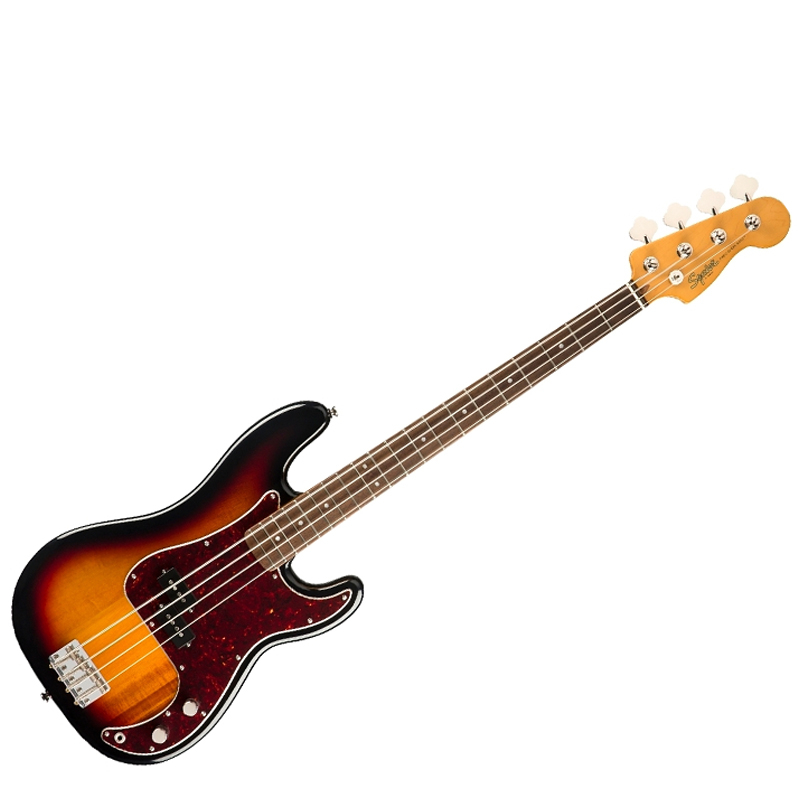
+ Amazing value
+ Stellar tone
- The finish is a little thick
For the price, it's hard to beat the Classic Vibe '60s Precision Bass. This loving tribute to the vintage P-Basses of the past is both stunning to look at and a joy to play. If you are looking for a that will get you that vintage Precision sound without destroying your bank balance, then this is the one.
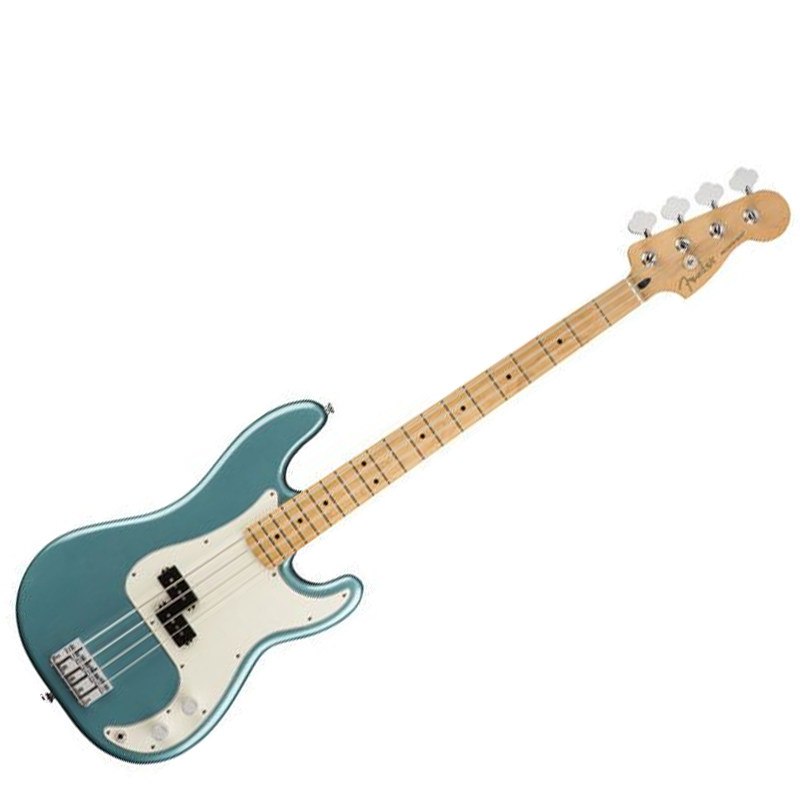
+ Solid build
+ Modern sound
- Not for vintage tones
Designed with contemporary players in mind, the Player P-Bass has quickly become one of Fender's most popular models – and for good reason. With its smooth feel, superb build quality, and drop-dead gorgeous looks, it's hard to beat. So, if you need a stage-ready bass on a budget, then this is the bass for you.
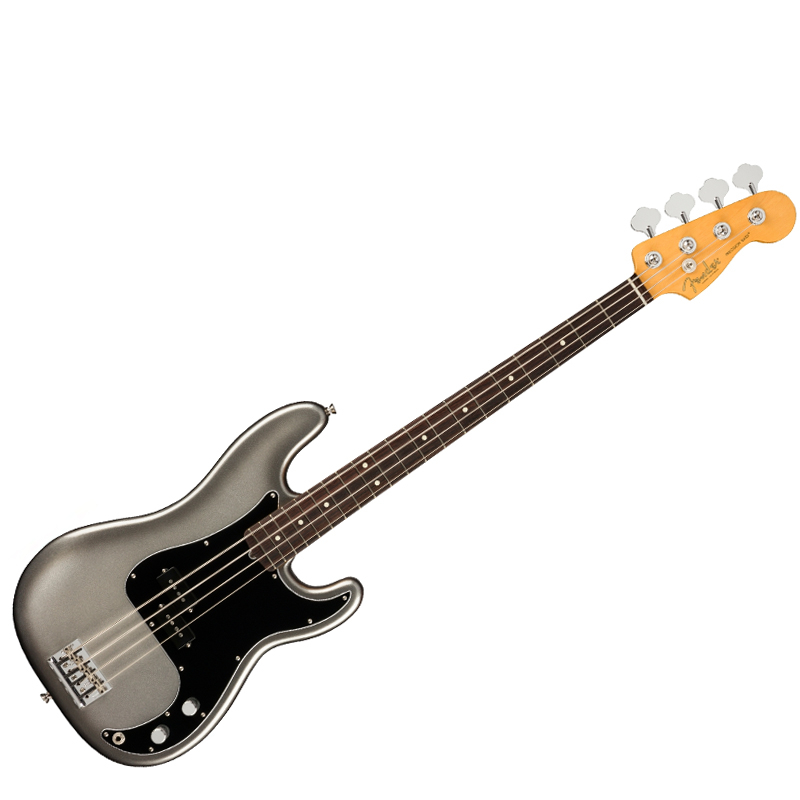
+ Great range of features
+ Modern sound
- Too much for some
The American Professional II Precision Bass is the modern evolution of the humble P-Bass. Featuring everything from rolled fingerboard edges to the Super-Natural satin finish and a newly sculpted neck heel joint, this is the pinnacle of P-Bass design and very much worth checking out if you want the best of the best.
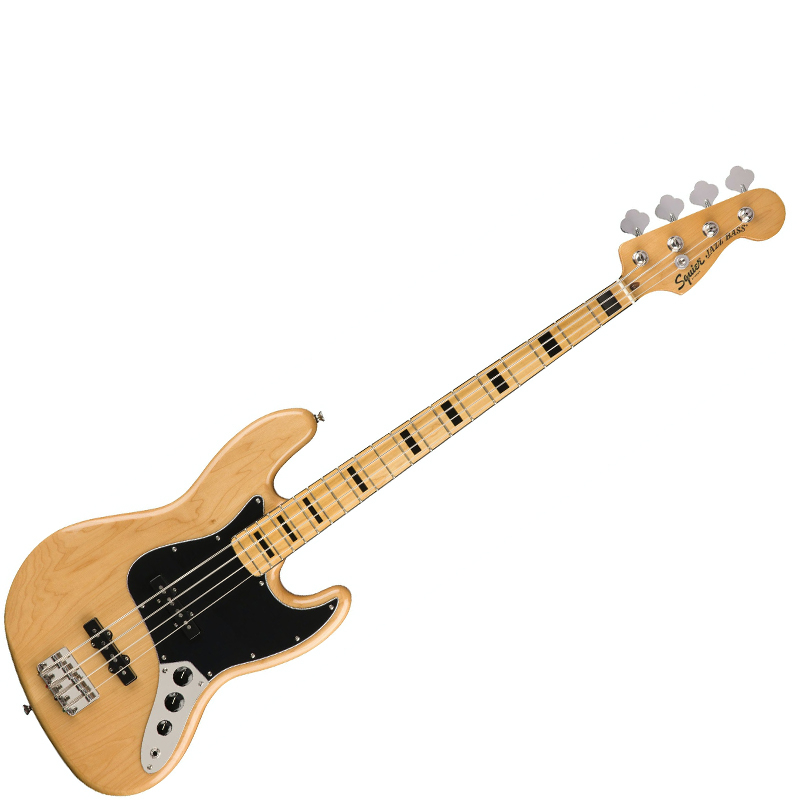
+ Amazing value
+ Excellent playability
- Lack of color options
The Classic Vibe '70s Jazz Bass offers players an insane level of playability for its price. Featuring a slim and comfortable C-shaped neck profile, with a 9.5"-radius fingerboard and narrow-tall frets, this bass is effortless to play and ideal for everyone from total beginners to gigging professionals.
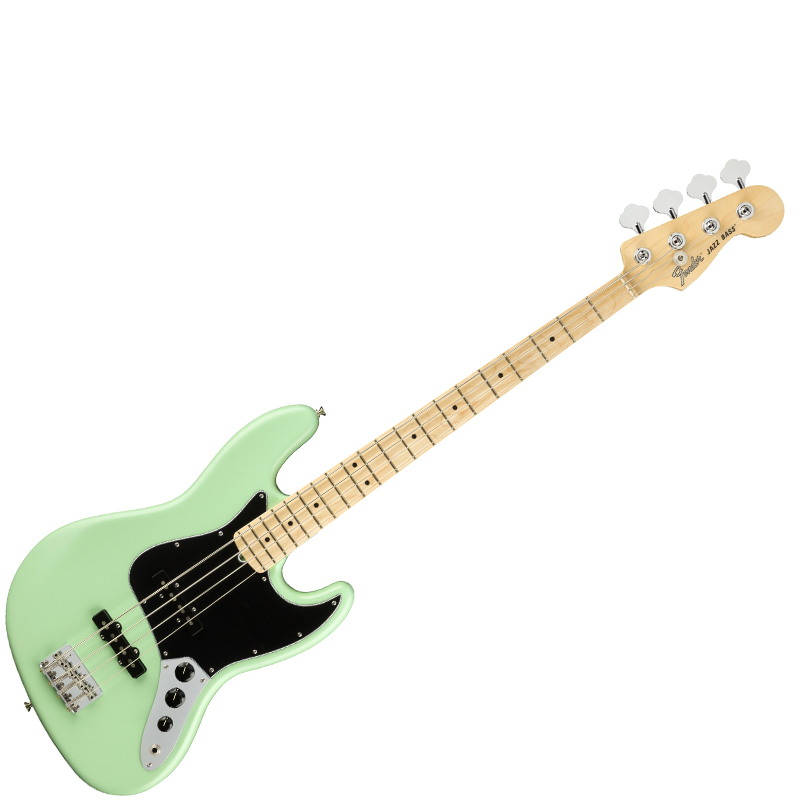
+ Great finish options
+ USA-Made
- Satin finishes aren't for everyone
Featuring an alder body, a dual set of Yosemite single-coil pickups, the famed Greasebucket tone system, and a highly playable Modern C-shaped neck, this Jazz Bass is a tonal powerhouse. Better yet, it's crafted in Corona, California, alongside the likes of the American Professional series.
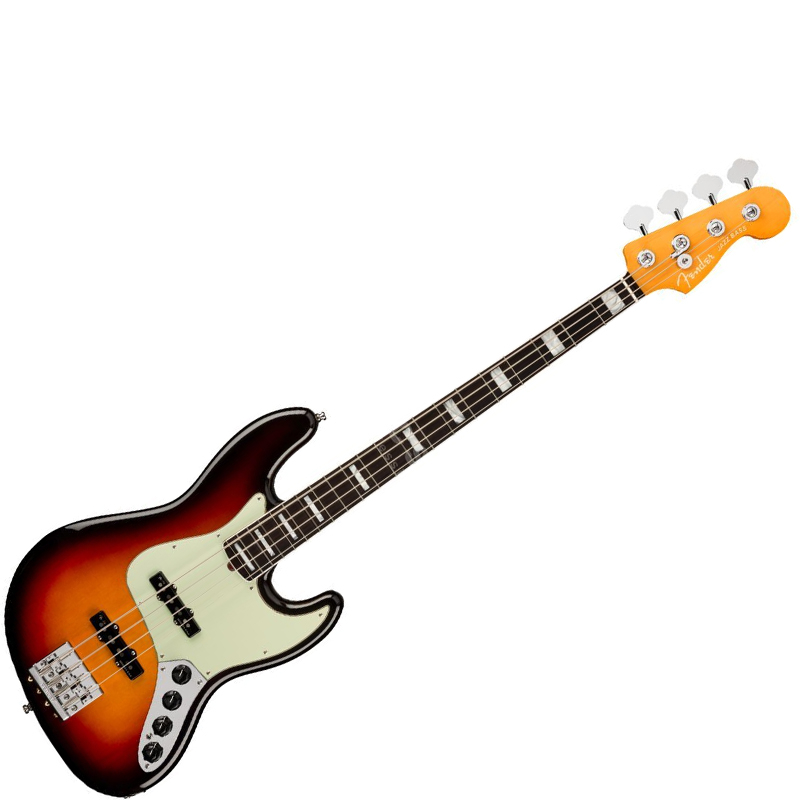
+ Noiseless pickups
+ Seriously cool
- Block inlays not for everyone
One look at the American Ultra Jazz Bass and it's clear that it's the most technologically advanced bass in the current Fender lineup. With its Modern D neck profile, 10" -14" compound-radius fingerboard, Ultra Noiseless Vintage pickups and redesigned preamp, this bass plays and sounds just as good as it looks!
Looking for the ultimate bass gear? Our expert buyer's guides are here to help
- Best budget bass guitars: our top picks under $500
- Our pick of the best 5-string bass guitars
- Enhance your sound with the best bass effects pedals
- Work on your chops with the best bass amps for practice
- Best basses for metal from Warwick, Schecter, Ibanez and more
- Need an amplifier with that? These are the best bass amps around







